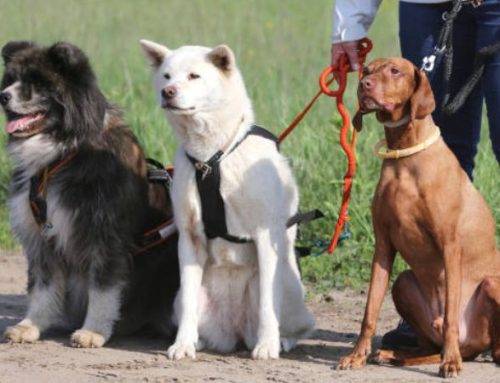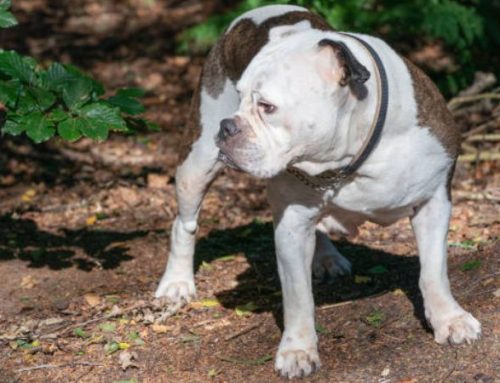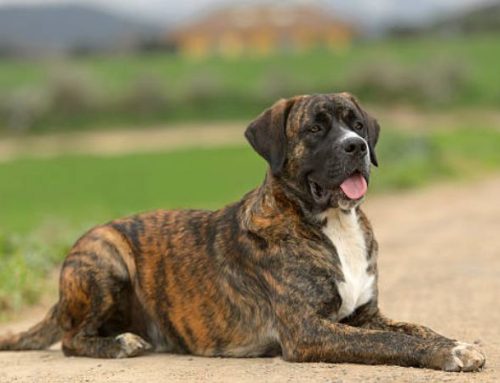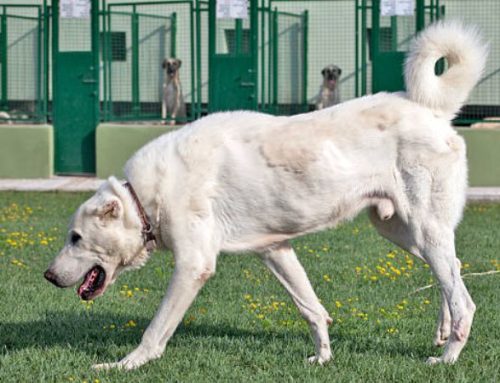Flowing coats, soulful eyes, and a regal presence have made Persian cats one of the world’s most adored breeds. Beyond their elegant looks, they’re known for a temperament that’s equal parts gentle and affectionate making them wonderful companions for quiet, cozy homes.
In this Nexus Pets guide, we’ll explore everything you need to know about Persian cats, from their price and personality to the best food choices and how long they thrive indoors.
Persian Cat Price and Acquisition
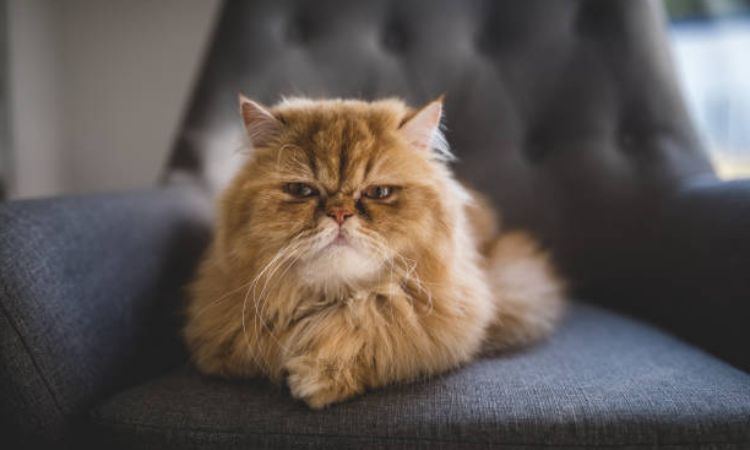
Kitten Price from a Breeder
The price of a Persian kitten from a reputable breeder typically ranges from $1,200 to $5,000 USD, with variations based on several factors. Purebred Persians are generally more expensive, and prices can differ depending on the breeder’s reputation, location, pedigree, and whether the kitten is of pet, show, or breeding quality.
- Pet Quality Persians: Generally priced between $1,200 and $3,000 USD, these kittens are bred for companion purposes and typically do not have the champion bloodlines of show-quality cats.
- Show or Breeding Quality Persians: These cats are generally priced between $3,500 and $5,000 USD or higher, depending on their bloodline, coat quality, and other characteristics that meet show standards.
Factors that can influence the price include:
- Pedigree and Bloodline: Kittens with champion bloodlines or award-winning parents are priced higher.
- Coat Color and Patterns: Rare coat colors or unique patterns like silver, white, or certain tabby variations can increase the cost.
- Location: Breeders in high-demand areas, such as New York, California, or other metropolitan regions, tend to charge more due to demand and overhead costs.
Adoption/Rescue Cost
Adopting a Persian cat from a shelter or rescue is a more affordable option, with adoption fees generally ranging from $100 to $600 USD. Adoption costs are typically much lower than purchasing from a breeder and often include some initial vet care, such as vaccinations, spaying or neutering, and sometimes microchipping.
Adopting a Persian from a rescue organization can be a great way to provide a loving home to a cat in need while avoiding the high costs of buying a kitten from a breeder. While the Persian cat’s lineage might not be documented as with purebred kittens, adoption still gives you the chance to bring home a healthy, affectionate companion.
Ongoing Costs
Owning a Persian cat comes with significant ongoing expenses due to their grooming needs, potential breed-specific health issues, and specialized food. Here’s a breakdown of the regular costs involved:
- Grooming: Persian cats have long, thick coats that require daily brushing to prevent matting and tangling. Professional grooming services are often needed every 6-8 weeks to maintain their luxurious coats, with grooming costs ranging from $50 to $100 per session. Over the course of a year, this can add up to $600 or more.
- Food: Because of their specific dietary needs to maintain a healthy coat and overall well-being, Persian cats require high-quality food. Annual food costs typically range from $500 to $1,000 USD, with some premium brands costing more depending on the diet.
- Veterinary Care: Persian cats are more prone to certain health issues, such as respiratory problems, eye infections, and kidney disease. Routine veterinary visits and preventative care, such as vaccinations and health screenings, can cost between $400 and $1,200 USD per year. Unexpected health conditions could significantly increase these costs.
- Pet Insurance: To help cover the cost of potential health issues, many Persian cat owners opt for pet insurance. Insurance premiums typically range from $300 to $700 per year, depending on the coverage level and the age of the cat.
- Specialized Care for Health Issues: Persian cats are predisposed to certain hereditary health conditions, including polycystic kidney disease (PKD), hypertrophic cardiomyopathy (HCM), and brachycephalic syndrome. Ongoing treatments, medications, or surgery for these conditions can be costly, potentially adding hundreds or even thousands of dollars to your annual veterinary bills.
Persian Cat Personality and Temperament
Persian cats are the ultimate companions for those who appreciate a calm, loving presence in the home. Known for their sweet, gentle, and laid-back nature, these cats are affectionate without being demanding. They enjoy human company and often form deep bonds with their favorite people, though they can be selective about who earns their trust.
Quiet by nature, Persians thrive in peaceful environments and are not well-suited to noisy households or overly boisterous children. Instead, they prefer cozy spots where they can observe the world around them, whether it’s perched on a windowsill, lounging on a soft bed, or sprawling across a sofa.
Playfulness is moderate Persians enjoy interactive toys, gentle play sessions, and occasional bursts of curiosity, but they are more likely to engage in a slow, graceful exploration than high-energy antics. They are also content spending time alone for short periods, making them ideal companions for singles, seniors, or families who maintain a stable, quiet home routine.
Consistency is key for Persians. They appreciate a regular schedule for feeding, grooming, and playtime, which helps them feel secure and relaxed. Despite their reserved and dignified demeanor, Persians are affectionate and loyal, often seeking out laps to snuggle in, quietly purring their way into the hearts of their owners.
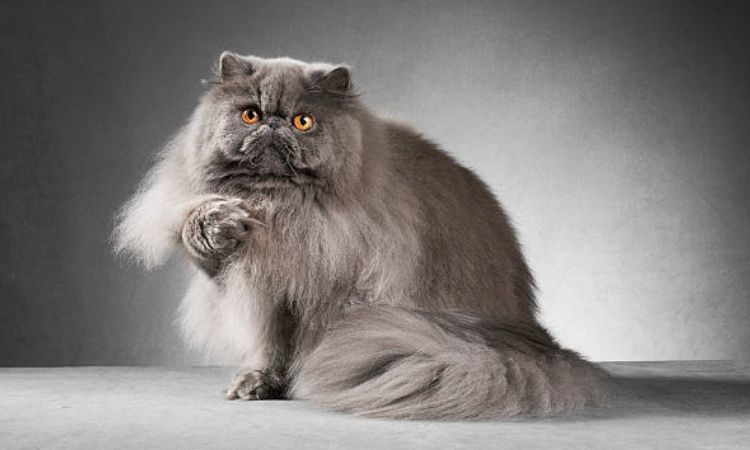
Health and Indoor Lifespan
Average Lifespan (Indoor)
Indoor Persian cats typically live 10 to 17 years, with some reaching up to 20 years when given exceptional care. Their longevity depends on proper nutrition, regular veterinary check-ups, and attentive grooming. While Persian cats can face breed-specific health challenges, proactive care can help them enjoy a long, comfortable life.
Indoor Suitability
Persians are highly recommended as indoor pets. Their long, dense coats make them sensitive to heat and extreme weather, and their calm, docile temperament means they thrive in a stable, indoor environment. Indoor living also protects them from accidents, predators, contagious diseases, and environmental hazards.
Common Health Issues (Brachycephalic/Flat Face)
Persians have a brachycephalic skull (short, flat face), which can lead to several health concerns:
- Respiratory Difficulties: Short nasal passages may cause noisy breathing, snoring, or breathing issues (Brachycephalic Airway Syndrome).
- Eye Problems: Excessive tearing and tear staining are common. They can also develop entropion (inward-rolling eyelids), corneal issues, or conjunctivitis.
- Dental Issues: Short jaws can result in misaligned teeth, increasing the risk of dental problems and difficulty eating.
Genetic Health Concerns
Persians are prone to certain inherited conditions that require monitoring:
- Polycystic Kidney Disease (PKD): Causes cysts in the kidneys, potentially leading to kidney failure. Early detection and management with diet or medication can improve outcomes.
- Hypertrophic Cardiomyopathy (HCM): Thickening of the heart muscle that can reduce heart function. Symptoms may be subtle, making regular veterinary screenings essential.
Maintaining Health and Longevity
Ensuring a Persian cat lives a long, healthy life involves:
- Daily grooming to prevent mats and tear-stain buildup.
- Balanced nutrition to maintain healthy weight.
- Regular veterinary visits for early detection of genetic or breed-specific conditions.
- A safe, stress-free indoor environment to protect their overall well-being.
With attentive care, Persian cats can enjoy a long, happy life as affectionate, gentle companions for their families.
Diet and Nutritional Needs
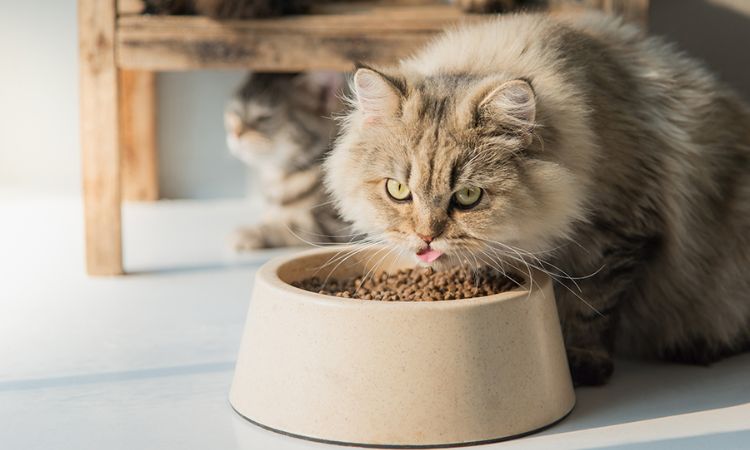
Key Nutritional Components
- High-Quality Protein
Protein is essential for all cats, but Persian cats particularly benefit from animal-based proteins like chicken, turkey, lamb, or fish. Adults need 35–40% protein, while kittens and pregnant/nursing cats require even more. High-quality, digestible protein supports muscle maintenance and the growth of their silky, thick coats. - Healthy Fats for Coat and Skin
Omega-3 and omega-6 fatty acids are critical for shiny, healthy fur and skin integrity. Fish oils, flaxseed oil, and chicken fat are excellent sources. A proper omega-3 to omega-6 ratio helps prevent dryness, shedding, and inflammation, keeping their coat soft and lustrous. - Taurine
Taurine is an essential amino acid for heart, eye, and reproductive health, and Persian cats cannot synthesize enough on their own. A deficiency can lead to heart disease, vision loss, and immune problems. Animal proteins naturally contain taurine, but many high-quality foods supplement it further to ensure adequate intake. - Fiber for Hairball Management
Long grooming sessions make Persian cats prone to hairballs. Fiber helps move ingested hair through the digestive tract, reducing hairball formation and supporting gut health. - Optional Wellness Supplements
Veterinarian-approved supplements, including CBD oil or chews, can help support calmness, joint mobility, and skin/fur condition, especially during grooming, vet visits, or stressful situations.
Feeding Guidelines by Life Stage
| Life Stage | Protein | Fat | Meals per Day | Portion Size (Dry) | Portion Size (Wet) |
| Kitten (0–12 months) | 35–40% | 18–20% | 4–5 → 3 | 1/4–1/2 cup | 3–4 oz divided |
| Adult (1–7 years) | 25–35% | 15–18% | 2 | 1/2–3/4 cup | 5–6 oz divided |
| Senior (8+ years) | Moderate, high-quality | 12–15% | 2 | 1/3–1/2 cup | 4–5 oz divided |
Kitten Stage: Nutrient-rich meals support rapid growth and development, and smaller kibble helps with flat-faced eating challenges.
Adult Stage: Metabolism slows, so portion control is key. Breed-specific formulas aid in coat care, hairball prevention, and joint health.
Senior Stage: Softer wet foods may be necessary for dental comfort. Diets should support kidney health, maintain muscle mass, and prevent weight gain, while providing joint-supporting nutrients and antioxidants.
Tips for Feeding Your Persian Cat
- Offer wet food or fresh water to support hydration and urinary health.
- Transition to new diets gradually over 7–10 days to avoid digestive upset.
- Monitor weight and adjust portions as activity levels and metabolism change.
- Pair diet with grooming routines to maintain coat health and reduce hairball formation.
By providing a balanced, breed-specific diet, your Persian cat can thrive with a healthy coat, strong muscles, and overall vitality, ensuring many happy years together.
Investing in a Persian cat means welcoming a gentle, affectionate companion who thrives in a calm, indoor environment. From understanding the financial commitment and ongoing care to meeting their unique dietary and grooming needs, informed choices ensure your Persian remains healthy, happy, and long-lived. With the right attention to nutrition, regular veterinary check-ups, and a stable home, these elegant cats reward their owners with years of loyal companionship and quiet charm.


